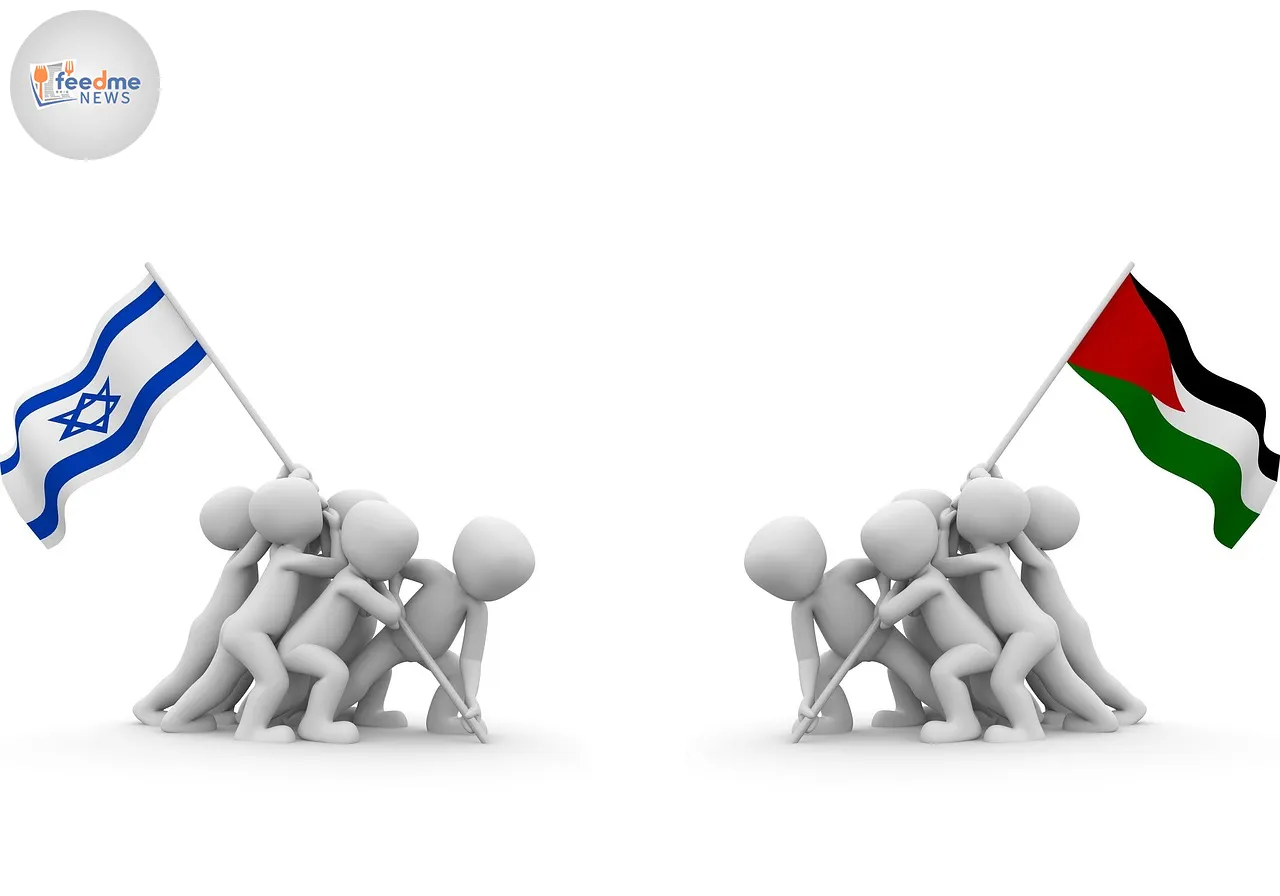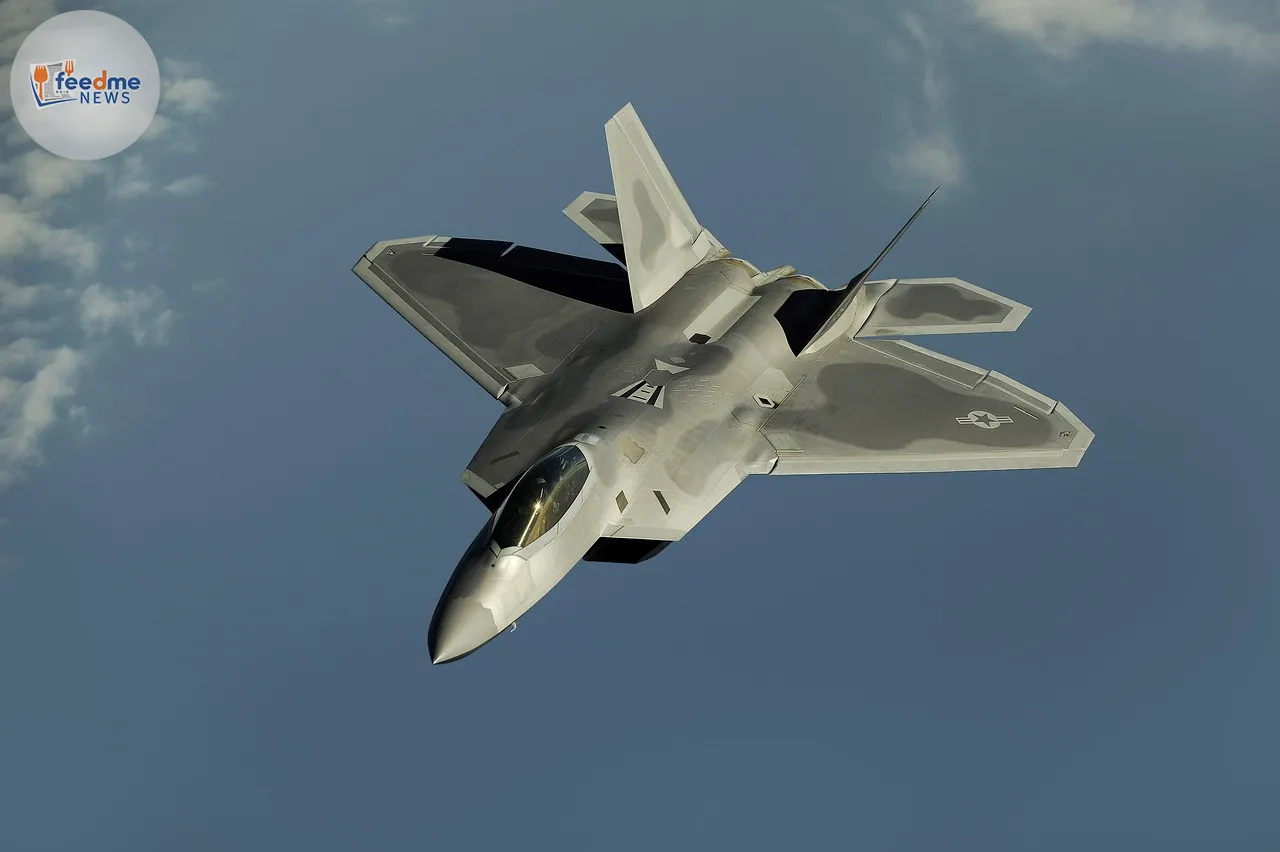US President Donald Trump said on Thursday that Israel and Hamas had “signed off” on the first phase of a Gaza ceasefire plan that aims to end the war. He said the initial step secures an exchange of Israeli hostages for Palestinian prisoners and starts an Israeli withdrawal from parts of Gaza. The Washington Post reported that both Israel and Hamas said they agreed to the first phase, which, if it holds, would kickstart a broader plan to halt the fighting. Trump also said Israeli Prime Minister Benjamin Netanyahu called him to celebrate the deal. The announcement marks the most concrete movement in months of efforts to stop the conflict, though significant tests still lie ahead as the parties try to carry out the terms.
Context and timing
Trump made the announcement on Thursday, 9 October 2025. On the same day, Israel and Hamas said they agreed to the first phase of the ceasefire plan, according to The Washington Post. The BBC reported that Trump said the opening phase includes an exchange of hostages and prisoners, along with the start of an Israeli withdrawal from Gaza.

What the first phase includes: exchange and initial withdrawal
Trump said the first phase secures an exchange of Israeli hostages and Palestinian prisoners and starts an Israeli withdrawal from Gaza. He framed the phase as a foundation for a wider ceasefire process. The BBC reported that he described both sides as having “signed off” on this step. The announcement signals movement on the most sensitive issues that have stalled talks for months: the fate of hostages held in Gaza and prisoners held in Israel, and the question of Israeli forces inside the territory.
Officials and observers have long seen a phased approach as the only realistic route to end the war. A staged plan allows both sides to trade steps while they test compliance. An exchange and an initial pullback could reduce immediate tensions and create space to address the deeper issues that fuelled the conflict. The Washington Post said the parties agreed to the first phase, which would then open the door to further steps if both sides follow through.
How the deal took shape and who pushed it forward
The United States has worked to bridge gaps between Israel and Hamas throughout the war. Previous rounds of talks featured mediation by Qatar and Egypt alongside US envoys. Thursday’s statements suggest those channels produced a framework both sides can accept at least in part. While officials did not release full terms, the elements Trump cited match long-standing goals in the talks: release hostages, free prisoners, and reduce the Israeli military footprint.
Negotiations of this kind usually turn on sequencing. Mediators push both sides to take simultaneous or closely timed steps to build trust. A hostage-prisoner exchange linked to a measured Israeli withdrawal reflects that logic. It also sets up further bargaining over timelines, security guarantees, and governance inside Gaza. The agreement on a first phase does not end those debates, but it gives negotiators a path to carry them forward with momentum.
Signals from Jerusalem, Gaza, and Washington
Trump said Netanyahu called him to celebrate the deal, a sign that the Israeli leader wants to show progress to his public and allies. The Washington Post reported that Israel and Hamas said they agreed to the first phase, signalling a shared intent to move forward, at least on paper. Those messages matter. They show that leaders on both sides see benefits in a structured pause and a trade that brings people home.
Political pressures will shape how leaders implement the deal. Israeli officials face demands to free hostages and reduce risk to troops. Leaders in Gaza face their own pressures, including demands to free prisoners and secure relief for civilians. In Washington, the White House has pushed for steps that reduce civilian harm and stabilise the region. This deal gives the administration a concrete outcome to point to after months of diplomacy.
The challenges ahead: sequencing, security, and spoilers
Even with both sides agreeing to the first phase, the hard work starts now. Each step requires precise timing. Parties must verify identities, manage handovers, and prevent misfires that could derail progress. Any breach or delay could trigger recriminations. Armed groups outside the chain of command could also try to spoil the process. Mediators will need to monitor the sequence closely and keep channels open to solve disputes in real time.
An Israeli withdrawal, even a limited one, raises complex security questions. Israeli commanders will look to prevent attacks as units pull back. Leaders in Gaza will need to prevent rocket fire or cross-border attacks that could shatter the ceasefire. The plan’s credibility depends on both sides enforcing discipline and communicating clearly. If they do, the first phase can build confidence. If they do not, mistrust can return quickly.
Humanitarian relief and the wider regional stakes
A sustained ceasefire would allow more aid to reach civilians in Gaza. Aid agencies have warned throughout the war that people in Gaza face severe needs and displacement. A reduction in fighting and changes in troop positions could open safer routes for food, medicine, and shelter supplies. A hostage-prisoner exchange would also bring relief to families who have waited for news of loved ones since the early days of the conflict.
Regional governments will watch this deal closely. A working ceasefire would lower the risk of spillover and reduce tensions along other fronts. It could also ease diplomatic strains with partners that pushed for a halt to the fighting. If the parties lock in the first phase, mediators can use that progress to anchor further talks on security guarantees and reconstruction, which remain central to any lasting peace.
What the path to ending the war could look like
The Washington Post described the first phase as the start of a plan to end the war in Gaza. That suggests a roadmap with multiple steps. After an initial exchange and withdrawal, negotiators would likely focus on a sustained ceasefire, additional troop movements, and arrangements that address border security and governance. Each step would require both sides to act and mediators to verify those actions.
The plan’s success will depend on implementation more than words. Leaders have now set expectations. Families of hostages and prisoners expect action. Civilians in Gaza and communities in Israel expect calm. The coming days will show whether the parties can turn an agreed framework into concrete progress on the ground. The first phase gives them a chance to do so.
Wrap-up
Trump’s announcement puts a clear proposal on the table: exchange hostages and prisoners, start an Israeli withdrawal, and build toward a broader ceasefire. Israel and Hamas said they agreed to the first phase, which sets a sequence that could lower violence and bring urgent relief. The plan still faces major tests, from enforcing discipline to deterring spoilers and managing sensitive handovers. If the parties carry out the first steps, they can unlock deeper talks on security and the future of Gaza. If they stumble, they risk a return to stalemate and more suffering. The next phase will hinge on steady diplomacy and practical coordination, with mediators working hour by hour to keep the deal on track.





